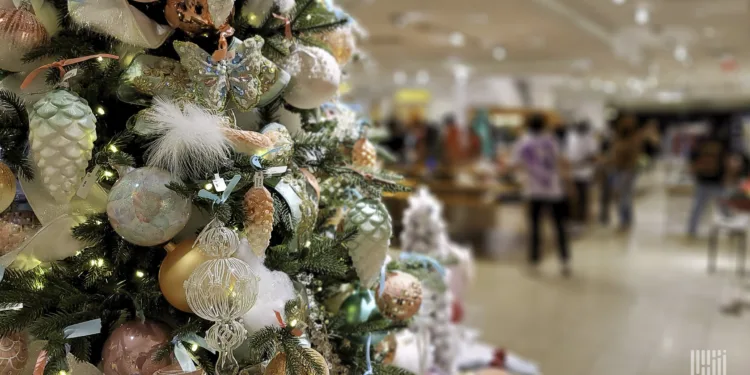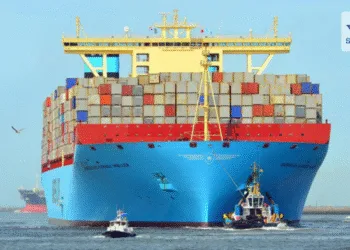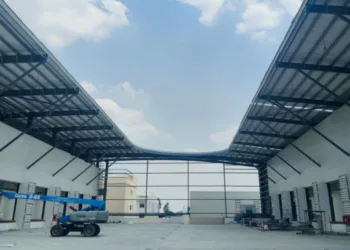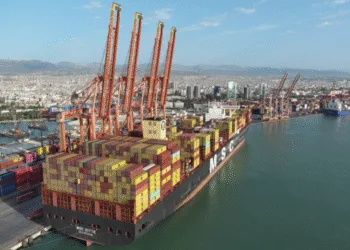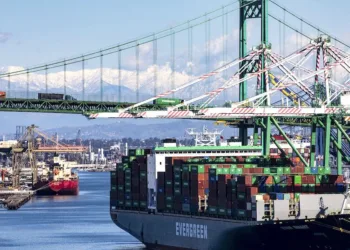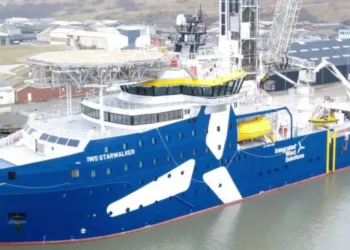Rising tariffs and inflation are reshaping the holiday retail landscape, according to Chris Butler, CEO of National Tree Co., one of the nation’s largest artificial Christmas tree manufacturer and wholesaler.
Butler said the company, which supplies major retailers such as Amazon, Walmart, and Macy’s, has raised prices about 10% this year as tariffs and logistics costs added roughly $6–7 million in expenses.
“The tariffs have affected us … they’ve added cost to our products,” Butler told FreightWaves in an interview. “We’re trying to offset that with price increase … not all the way, but we’ve certainly looked along the value chain as to [whether] our suppliers absorb some of it? How much are we able to absorb? Then how much is the consumer able to absorb through price increases?”
Join the leaders shaping freight’s future at
F3: Future of Freight Festival, Oct 21-22.
Network with the industry’s best and discover what’s next.
Founded more than 60 years ago and based in Cranford, New Jersey, National Tree Co. is one of the nation’s largest manufacturers and distributors of artificial Christmas trees and holiday décor.
The company supplies major retailers and also sells directly to consumers through its own website. National Tree Co. ships tens of thousands of orders daily during the holiday season and has built its reputation on realistic trees and innovative pre-lit designs.
“For the most part, we’re kind of a digital wholesaler, a dropship wholesaler,” Butler said. “You go into Amazon, you buy an item and then we’ll ship that to you from our warehouse. And being in business for a very long time, the leader really in this space, it’s obviously been a very interesting year for sure.”
Tariffs and other supply chain uncertainties have made executives at National Tree Co. take measure of their inventory and distribution network, Butler said.
“About 90% of the industry has historically sourced from China,” Butler told FreightWaves in an interview. “We’ve been diversifying into Southeast Asia and exploring nearshoring in Mexico, but costs to manufacture outside Asia remain four to five times higher.”
Typically, households will buy a new Christmas tree and other holiday decorations about every five to six years.
“COVID accelerated that, so during 2020 and 2021, when people had lots of money and nowhere to spend it on, we saw a kind of acceleration of buying,” Butler said. “Since then, it’s slowed down quite a lot. We were starting to see an upward curve again here. Hopefully that will happen in 2025.
Butler noted mixed consumer sentiment heading into the 2025 holiday season.
“Some retailers are cutting back on discretionary items like holiday décor, so we’re seeing some softness in demand,” he said.
He added that upcoming Amazon Prime Big Deal Days on Tuesday and Wednesday are one of the best times for consumers to shop for holiday décor.
“That’s going to be an amazing time to buy,” Butler said, noting that many partner retailers will also roll out discounts during that week.
Looking ahead to 2026, Butler said the company will continue expanding and diversifying its supply chain while monitoring economic conditions closely.
“You have to stay flexible,” he said. “The economy shows both strength and fragility — we’re adjusting as we go.”
Related: Trucking industry facing ‘horrible’ rates, tariffs, Werner CEO says
The post Tariff, freight costs weigh on holiday décor imports, tree maker says appeared first on FreightWaves.



